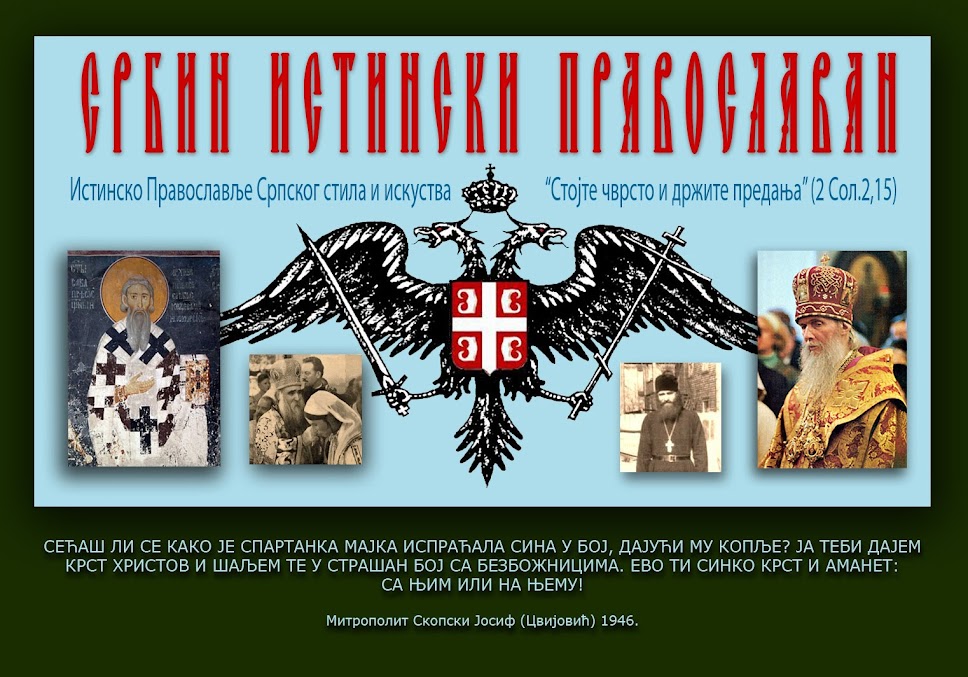A Great Day at Lesna Monastery
2/15 August 2011, Transfer of the Relics of St. Stephen, Archdeacon and Protomartyr
Three important events mark the development of True Orthodoxy in Serbia. The first took place about fifteen years ago, when three Serbian monks from the Holy Mountain confessed the Faith by choosing the path of True Orthodoxy. The second occurred eight years ago when the entire sisterhood of Stjenik Monastery decided for the love of the Truth to leave the Belgrade Patriarchate and join True Orthodoxy. The third happened today at the Lesna Monastery, when the True Orthodox Christians of Serbia, after many efforts, were finally given their own elected bishop.
Now to start from the beginning. What, actually, is True Orthodoxy, and how does it differ from the official Orthodoxy which is also called "World Orthodoxy"? The answer: Like the term "Orthodox Christian," which appeared in the distant past in order to make clear the difference between those who were also called Christian but who had abandoned the essential Christian confession of faith and church practice, so in our times the term "True Orthodox" has appeared, in order to distinguish between those who have kept the true confession of faith and church life, and those who have apostatized from the fundamental traditions of Orthodox Christianity.
The True Orthodox Christian movement appeared in Greece in 1924, in connection with the introduction of the New Calendar, and thereupon similar groups appeared in Romania and other countries throughout the world. The largest True Orthodox Christian movement, however, also known as the Catacomb Church, appeared in Russia in 1927, following the Declaration of Metropolitan Sergius, which submitted the Church to the God-hating Bolshevik authority.










